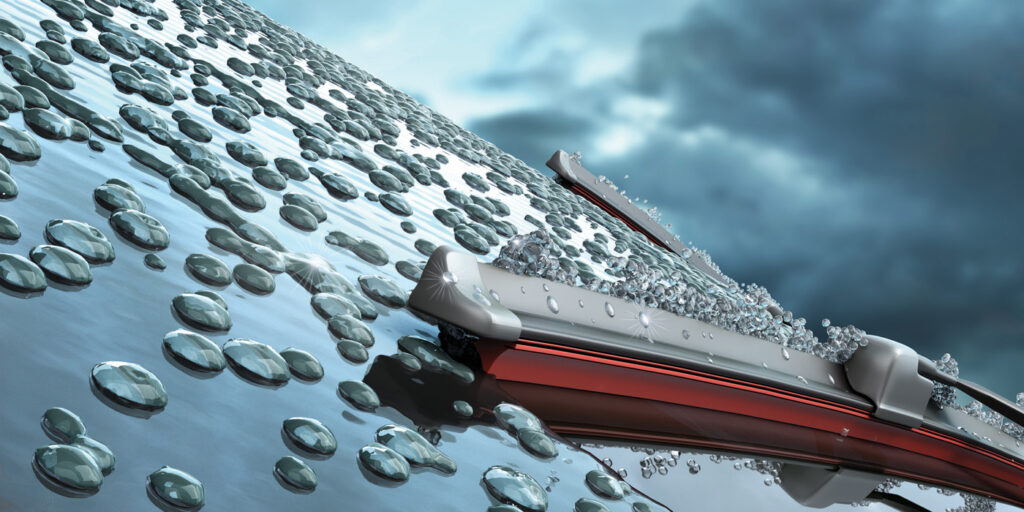It pains me to admit it, but snowy weather is just around the corner. And with that winter weather comes seasonal challenges – as well as sales opportunities.
In all my years behind the parts counter, there were two types of days that I would dread: heavy snowfall and heavy rainfall. Why? Because in either case, I knew that the store was going to be chock full of customers who have been putting off buying new wiper blades.
I also knew that since my store offered free wiper installation – like most stores do these days – I would end up soaking wet from the rain, or frozen stiff from the snow and ice while I worked on the vehicle in the parking lot outside.
I don’t know about you, but I found that upselling a customer in this position was exceedingly difficult. They’re usually in a rush, and are more likely to say, “Just give me the cheap ones,” or, “I’ll get the better wipers next time.” We’ve all heard those objections before. How do we overcome them?
Don’t Wait, Ask!
I would talk about wiper blades at every opportunity with customers. It was sort of my own way to kill time while I was waiting for the computer to open up the catalog. I would ask, “So, how are your wipers holding up? Did they keep the windshield clear when it rained last week?” Doing this would help to jog their memory, reminding them that their wipers were streaking, chattering or just simply failing to clear the windshield. They might not have walked into the store expecting to buy wipers, but they were more receptive to the idea once I helped them to remember that they needed them.
This scenario happened day in and day out, and best of all I was able to upsell a number of those customers into a nicer set of beam-style wipers or convince them to pick up a gallon of washer fluid as well. These may seem like small victories, but they add up to a healthier profit margin for the entire store. I remember that our margin would dip on those really snowy or rainy days, mostly due to the smaller margin we made on the wiper blades by themselves.
Installation Tips
I installed a lot of wiper blades in my years behind the counter. Customers often would comment on how quickly I’d get it done, but it became more muscle memory than a conscious effort over time. We all know that wipers are easy to install, but customers don’t always know how to do it. If we can step in and install them – and get the customers on their way quickly – that’s a win-win for everyone.
When it comes to installing wipers, there are a few things I’ve learned. First, most wiper blades will come with a small alcohol wipe inside the packaging. Don’t throw it away! Use it to wipe off any dirt or debris from the windshield where the wiper blades park. This part only takes a second or two, but it goes a long way toward ensuring that those new wiper blades won’t smear tree sap, dirt, mud or whatever else may be on the glass all over your customer’s field of vision.
Second, when you lift the wiper arm up to access the blade, note any resistance or corrosion along the hinges. If those hinges start to bind up, it may not be able to apply adequate pressure to press the blade against the windshield.
Finally, don’t forget about the rear wiper! SUVs, wagons and hatchbacks probably will have a small wiper for the rear glass, and these can easily be forgotten by the customer. As a matter of fact, I had a number of customers who didn’t know how to turn the rear wiper on in their vehicle, and they’d owned it for years! They really appreciated it when I took a moment to show them how to use it, and I hope they remembered what I’d said the next time it rained!












